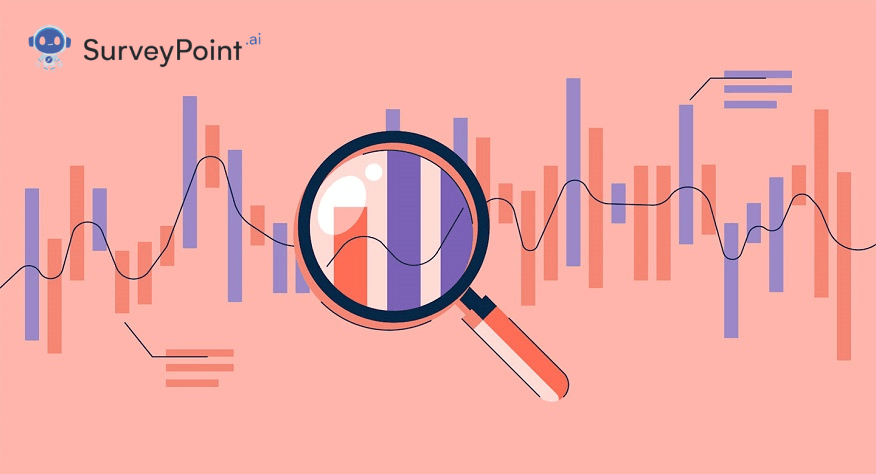
Think of a time you read about a study and wondered if the thing being studied was more beneficial for some people but not others. Subgroup analysis is one way of finding it out. This type of analysis divides participants into subsets based on a common characteristic.
The first step in forming a subgroup analysis is determining the groups you want to incorporate into your study. Decide whether any of these groups are more likely to conceive a specific disease than others. For instance, in studying Arthritis, you may want to know whether people with low bone density are more at risk for this disease.
Once you’ve divided your subgroups, it’s time to take data from each group. You’ll want to take information from your target group population. In this task, you may conduct polls, surveys, or order medical records for those diagnosed with the disease.
Once you’ve collected data from healthy people and those with the illness or disease under study, it’s time for statistical analysis! Two goals are part of the statistical analysis:
- We should ensure our sample size is accurate;
- We should verify that our samples are different from one another.
In addition, the newer drug may function better for certain groups than others. So you break down the study group participants into subgroups based on the factors that may be vital: the type of condition causing the pain, how long the disease has existed, gender, age, etc. You may understand that the medicine functions better for specific needs and women below a certain age—all potentially crucial information.
Sounds simple enough, doesn’t it? But subgroup analysis is a thorn in the side of the research world. This is because, when performed improperly, it can lead to erroneous or wrong conclusions.

How can subgroup analysis lead to errors?
There are two significant reasons subgroups can go wrong. The sample size can be too minute and irrelevant, and there can be numerous comparisons. It is difficult to detect or confirm that differences between subgroups do not result from random chance when you divide your study sample into many subgroups.
Take into consideration a pain relief study. Let’s say there’s a small but significant difference in how people with neck pain respond to the treatment versus those with back pain. You could find that difference with enough people in the subgroups, even if it’s minute. But if the subgroups have less than enough people, you won’t have the “statistical power” to detect a difference. As a result, you miss an existing difference. Scientists refer to this as a false-negative error.
False-positive mistakes are also possible when your subgroup analysis reveals differences that aren’t present. Suppose you dissect your study sample enough times. In that case, you’ll ultimately end up with a subgroup that responds to the pain treatment differently than the rest of the population -such as redheads or people born in January. Those findings would be labelled as spurious because they don’t make sense biologically or aren’t based on solid theories.
You might also be interested in reading: Biases in Surveys: What You Need to Know
What constitutes a successful subgroup analysis?
Despite these problems, there are specific things you can look for to tell whether a subgroup analysis has been accomplished precisely:
- The subgroup analysis is a noted study objective from the start—not an afterthought
- The researcher can define the reason for doing the subgroup analysis (establishing probable cause from previous research or making a sound hypothesis, for instance)
- Researchers should define the subgroups upfront and indicate how many subgroups will be analyzed
- The researcher takes note of all of them, not just the ones that lead to compelling findings; the study is designed so that the subgroups are sufficiently large
Subgroup analysis is essential for analyzing disparities in how people react to a treatment or intervention. However, misapplication can lead to inaccurate results. This is why it’s vital to understand the risks associated with this type of research and know what to look for when encountering it.
SurveyPoint for analysis
There will come the point when you have gleaned all possible from quantitative data. After analyzing the data, you should find out why respondents provide particular answers.
Sometimes the survey will explain the “why.” Other times, you must hold onto your deerstalker hat and magnifying glass and dig deep into the qualitative data.
Finding the narrative behind the numbers is easier by sorting through written comments and reactions. This purpose is to form conclusions by connecting the evidence with what individuals are saying.
Take advantage of 360-degree data analysis tools like SurveyPoint to simplify your life. Start from scratch or choose from one of our many templates, all of which come pre-filled with sample questions to help you get a head start. You don’t have to take our word for it. Check it out for yourself today by signing up for FREE!
Heena Shah – Content Writer at Sambodhi




